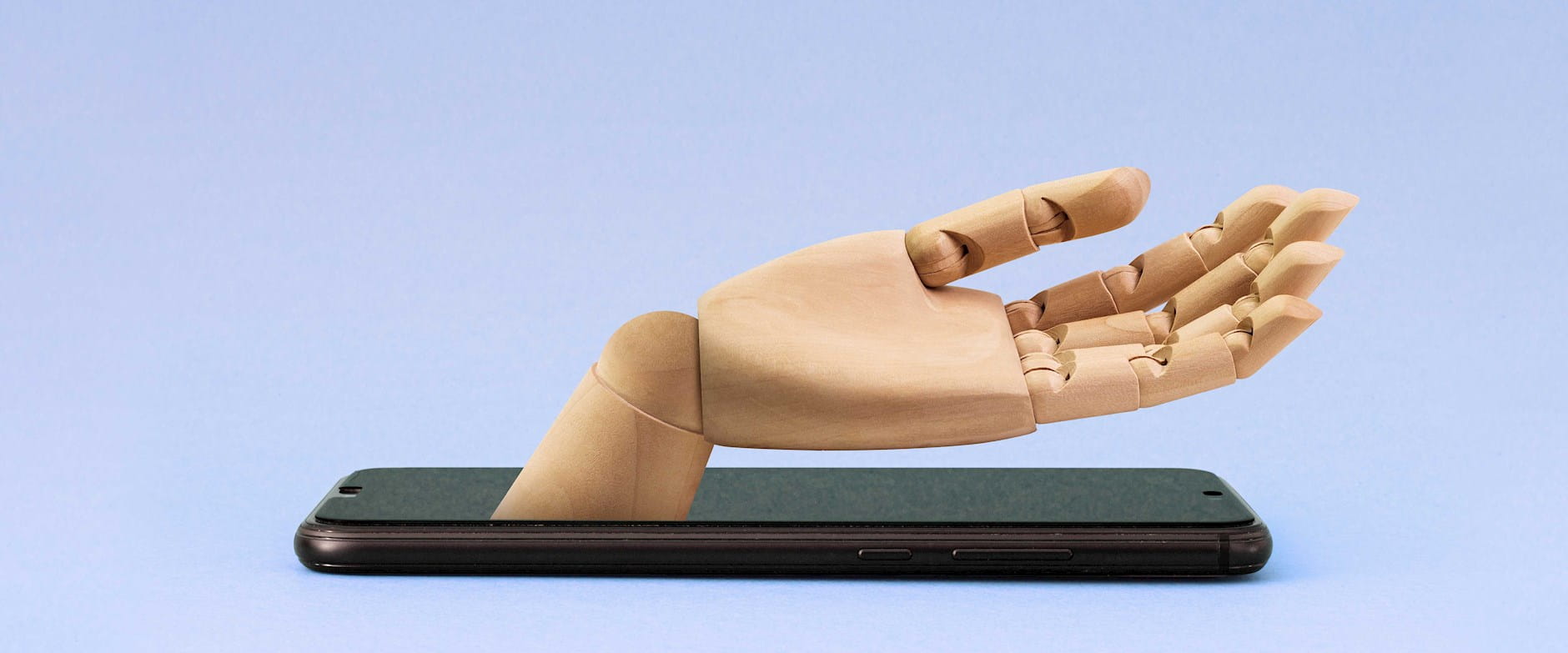Every day, eager entrepreneurs are hard at work developing what they hope will become the next TikTok or Snapchat—and will make them a boatload of money in the process. Although mobile app revenue topped $111 billion globally in 2020, profits remain elusive: most developers offer their apps to users for free at first, hoping to get people hooked before figuring out the monetization piece.
But how? Apps currently generate revenue through a wide variety of approaches, with varying degrees of effectiveness. In the realm of nonadvertising-based apps, research suggests a lesson for developers who want to convert existing users into paid subscribers: cut off access entirely until people pay up.
An alternative “soft landing” option—offering users a limited amount of free access, coupled with an opportunity to pay for the full service—decreases their perceived value of the paid version, which in turn decreases the likelihood that they’ll subscribe, suggests research by the University of Hong Kong’s Jingcun Cao, Chicago Booth’s Pradeep K. Chintagunta, and Indiana University’s Shibo Li. “If you give people an option not to, why would they ever subscribe?” says Chintagunta.
For 80 days starting in January 2019, the researchers conducted a field experiment with a company in China that offered educational articles, e-books, and audiobooks via its free mobile app. Prior to the experiment, users had full access to the app, including a popular feature that allowed them to choose and personalize a virtual figure to represent themselves. But growth had slowed, and the researchers took this as an indication that “under the free regime, the app was reaching saturation in terms of numbers of users.”
No app for you!
In an experiment, app users who were required to pay to access any content (a “hard landing” approach) were more likely to convert to a paid subscription than those offered free but limited content (a “soft landing” approach). In the soft-landing condition, an offer of exclusive secondary content persuaded more people to subscribe than when such an offer was not available.
Once the experiment began, the researchers applied one of four conditions to almost 2 million existing app users in 99 cities. Two of the conditions involved a soft-landing approach and two, a hard landing. The approaches were further segmented into paid users who received an exclusive bonus offering (namely a fancier version of the personalization feature), and those who received no extra offering. Prices in all cases were the same, as was the main content.
The hard-landing approaches resulted in a higher conversion rate among users: this strategy led to 124 percent more subscriptions than the soft-landing versions.
The groups reacted differently to the souped-up personalization feature, however. Given the option to access this with a paid subscription, fewer users in the hard-landing group subscribed. The offer may have prompted them to devalue the existing offerings, the researchers suggest. But in the soft-landing group, the offer of extra features nudged a few more to subscribe.
In an industry with an already low conversion rate, even small differences like these can lead to big revenue swings, the researchers write. This particular company stood to gain 102 percent more revenue—just shy of ¥11.9 million (US$1.8 million)—by taking the hard-landing, instead of the soft-landing, approach.
“There are so many apps being created every day and each is coming to the table with its own prior beliefs about what is right and what is wrong,” says Chintagunta, who notes that researchers need to gather evidence about all types of monetization strategies, including advertising-based models. However, for the subset of app developers who hope to make money without ads, the findings suggest a clear path forward to monetization.
Jingcun Cao, Pradeep K. Chintagunta, and Shibo Li, “From Free to Paid: Monetizing a Non-advertising-based App,” Journal of Marketing Research, forthcoming.
Your Privacy
We want to demonstrate our commitment to your privacy. Please review Chicago Booth's privacy notice, which provides information explaining how and why we collect particular information when you visit our website.
